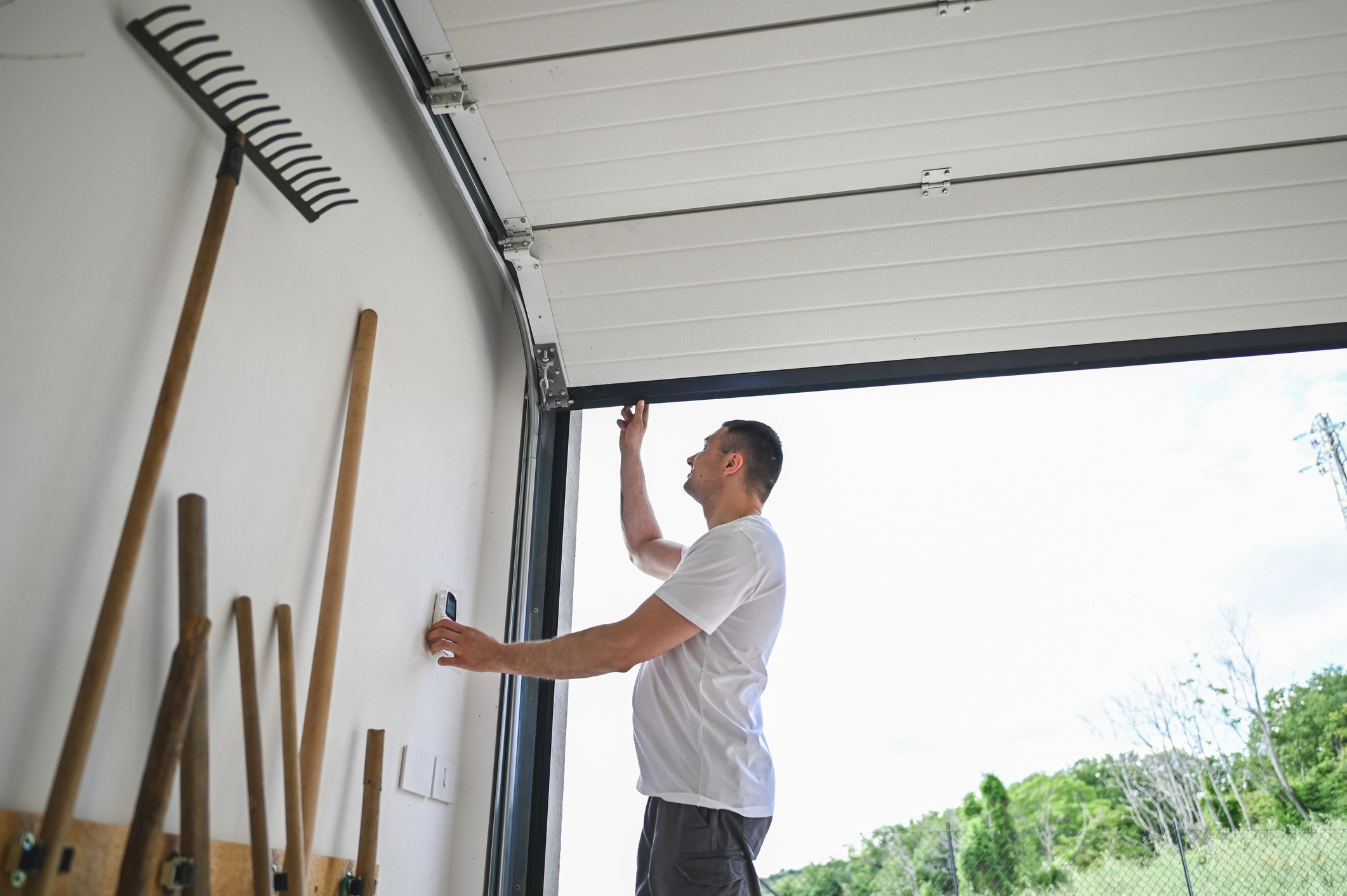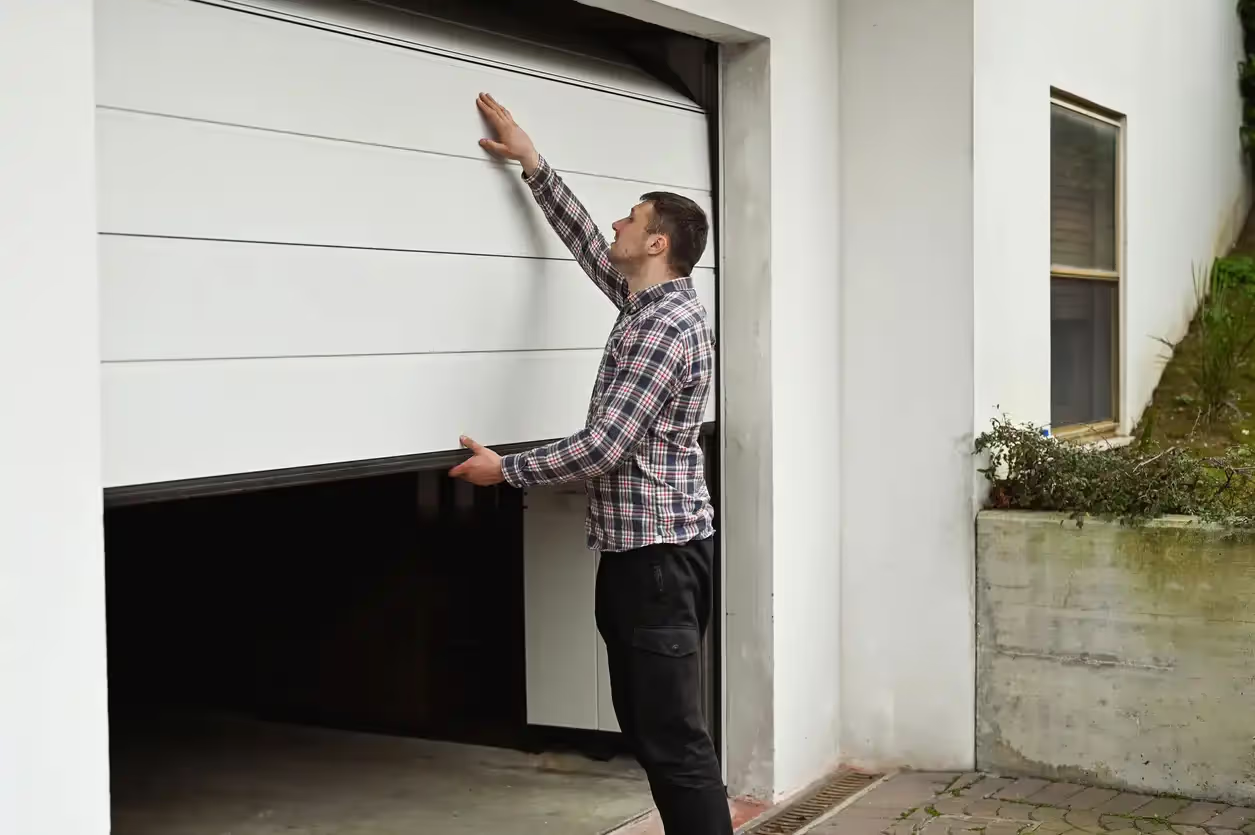

Garage Sealing in Shady Grove, TX
Protect concrete floors from pests and stains with expert care. Garage sealing in Shady Grove, TX by Spot On Pest Control, LLC. Schedule service today.

Keeping your garage floor protected and sealed matters in Shady Grove, TX where hot summers, seasonal heavy rains, and high humidity combine to accelerate concrete wear, promote moisture intrusion, and invite pests. Garage sealing in Shady Grove, TX focuses on restoring and protecting garage floors by preparing the surface, sealing cracks and joints, and choosing the right floor finish—epoxy, polyaspartic, or other sealants—so the floor resists moisture, chemical stains, and insects while staying safe and easy to maintain.
Why garage sealing is important in Shady Grove, TX
- Hot daytime temperatures and strong UV exposure cause concrete to expand and contract, widening cracks and degrading unprotected surfaces.
- Humidity and storm-driven rain increase the risk of moisture vapor rising through the slab, which can undermine coatings and promote efflorescence or mold in attached structures.
- Small cracks and control joints are common entry points for ants, termites, and other pests that look for sheltered, moist spaces.
Sealing addresses these local conditions by locking out moisture, stabilizing the surface, and creating a durable barrier against chemical spills and abrasion.

Common garage sealing issues in Shady Grove, TX
- Hairline cracks and widened control joints from thermal movement and soil settling
- Spalling or flaking surfaces caused by freeze-thaw cycles (less frequent in Grove but possible in shaded or poorly drained areas)
- Dusting concrete and poor surface hardness after years of wear
- Oil, gasoline, and chemical stains that penetrate unsealed concrete
- Failed coatings due to trapped moisture or improper surface preparation
Diagnostic steps before sealing
A thorough evaluation ensures a long-lasting result:
- Visual inspection for cracks, spalls, stains, and delamination
- Moisture assessment of the slab (surface moisture and relative humidity in the slab) to select compatible systems and avoid adhesion failures
- Adhesion or tape tests on existing coatings
- Sounding for hollow or delaminated concrete
- Mapping control joints and areas of differential movement to plan appropriate joint treatments
Surface preparation: the foundation of a durable seal
Proper preparation is critical and typically includes:
- Mechanical profiling (shot blasting, diamond grinding, or scarifying) to remove contaminants, stains, and weak surface laitance and to create a profile for good coating adhesion
- Pressure washing and degreasing in oil-stained areas; in heavily contaminated sections, localized removal and repair may be required
- Repairing spalls and larger defects with cementitious patching or polymer-modified repairs
- Drying the slab to acceptable moisture levels before applying coatings; in Grove’s humid conditions this may mean extended drying or choosing vapor-tolerant systems
Crack and joint sealing
Sealing cracks and joints prevents water, salt, and pests from entering.
- Small hairline cracks are often routed and filled with flexible polyurethane or epoxy fillers.
- Control joints and larger movement joints receive elastomeric sealants designed to move with the slab (polyurethane or polysulfide).
- For structural or active cracks, injection systems with epoxy or specialized urethanes restore strength and create a waterproof seal.
Epoxy, polyaspartic, and other floor coating options
Choosing the right floor system depends on use, exposure, and timeline:
- Epoxy coatings: durable, chemical-resistant, and cost-effective. Best for moderate traffic and well-prepared, dry slabs. Typical cure times are longer and may be affected by Grove’s humidity and temperature.
- Polyaspartic coatings: fast-curing, UV-stable, and perform well in varying temperatures. Good where quick return-to-service is desirable and for topcoats over epoxy primers.
- Acrylic or penetrating sealers: surface-level protection that reduces dusting and improves stain resistance but offers less abrasion resistance than film-forming systems.
- Cementitious overlays or densifiers: used where surface restoration or hardening is the priority before sealing.
Systems are often combined—primer epoxy, base epoxy with flakes, and a polyaspartic topcoat to balance adhesion, appearance, and fast cure.
Moisture and pest-prevention benefits
- Sealed joints and crack repairs block moisture infiltration that can undermine coatings and lead to mold or mildew in attached structures.
- A well-bonded, continuous coating prevents small animals and insects from finding crevices to nest. Termites and ants are less likely to enter through properly sealed expansion joints and cracks.
- Vapor mitigation layers or specialty primers protect the coating from moisture vapor drive, common in Grove’s humid summers and after heavy rains.
Typical materials and warranties
- Materials commonly used: epoxy resins, polyaspartic topcoats, polyurethane sealants for joints, cementitious repair mortars, and concrete densifiers.
- Warranties vary by material and installer. Manufacturer warranties on coatings often range from 5 to 15 years for material performance, while workmanship warranties typically cover installation defects for 1 to 5 years. Warranties may be conditioned on proper surface prep and routine maintenance.
Project timeline (typical)
- Initial inspection and quote: 30–60 minutes on site.
- Surface preparation and repairs: usually 1–2 days depending on area and extent of repairs.
- Priming and base coats: 1 day (plus cure time). Some systems require multiple coats with 4–24 hours between applications, influenced by temperature and humidity.
- Topcoat application and cure: polyaspartic topcoats can be walked on in 4–24 hours; epoxy systems often require 24–72 hours before light use and up to 3–7 days for full chemical resistance.
- Total time before normal use: typically 2–7 days depending on system selected and weather conditions.
Maintenance tips to extend the life of the seal
- Sweep or vacuum regularly to remove grit and debris that abrade the coating.
- Clean spills promptly with a pH-neutral cleaner; avoid strong acids or alkalis that may damage finishes.
- Use soft-bristled brooms or nonmetallic shovels for snow and ice removal to prevent gouging.
- Reseal or topcoat every 3–7 years depending on traffic, exposure, and coating type; inspect for wear patterns and recoat before protective function is lost.
- Monitor and maintain perimeter drainage and gutters to prevent water pooling and reduce moisture pressure on the slab edges.
Signs you need garage sealing or resealing
- Surface chalking, flaking, or large areas of wear
- New or worsening cracking and joint opening
- Dark moisture spots or persistent efflorescence
- Frequent pest activity originating from floor-level gaps
- Coating peeling or bubbling, often indicating trapped moisture or failed adhesion
Sealing your garage in Shady Grove, TX, addresses local climate-driven problems and enhances durability, safety, and cleanliness. Properly executed surface preparation, appropriate material selection (epoxy, polyaspartic, or sealants), and attention to moisture and joint treatment make the difference between a short-lived patch and a long-term solution. Regular maintenance and timely resealing extend the life of the work and protect the investment in your home.
Seal Out Moisture, Cracks, and Pests With Professional Garage Protection
Is your garage floor showing cracks, stains, or signs of wear? Garage sealing in Shady Grove, TX from Spot On Pest Control, LLC offers a complete solution built for our humid, storm-prone climate. From deep cleaning and crack repair to applying high-performance coatings like epoxy or polyaspartic, we protect your floor from water damage, chemical spills, and insect intrusion. Avoid costly repairs later — reinforce your garage now with a sealing system designed to last.
Choose Spot On Pest Control, LLC for Durable, Weather-Resistant Garage Sealing Solutions
Our Services
Our pest control services cover ants, termites, bed bugs, rodents, mosquitoes, and other common pests, with customized solutions for both residential and commercial properties.
.png)






